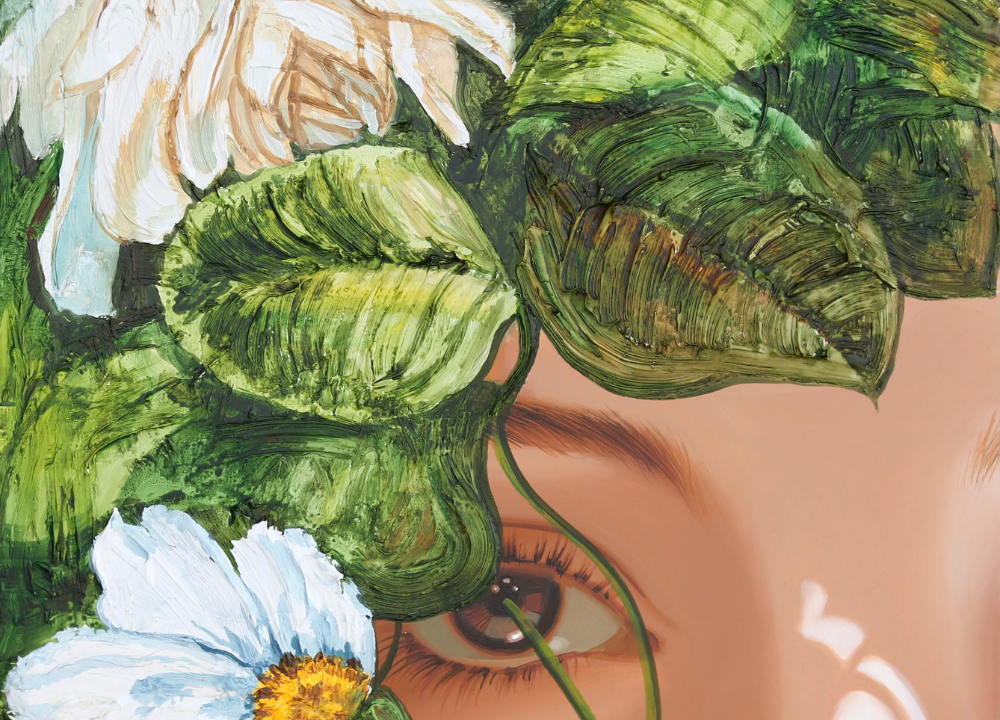When standing before a painting, it’s easy to focus only on what is immediately visible. However, reading art requires slowing down and observing carefully. Paintings are visual texts, filled with symbols, choices, and details that communicate meaning.
- Observe the subject matter (people, objects, landscapes)
- Notice the use of color and light
- Pay attention to brushstrokes and texture
- Look for focal points that draw your eye
By training yourself to look beyond the surface, you begin to see the artist’s decisions and intentions, transforming a quick glance into a deeper experience.
Understanding Composition and Structure
Every painting is built on a framework of composition. Artists arrange elements deliberately to guide the viewer’s eye and create balance or tension. Recognizing these structures helps you understand how meaning is conveyed visually.
- Symmetry vs. asymmetry in layout
- Use of perspective to create depth
- Placement of figures and objects
- Leading lines that direct attention
Once you notice these compositional tools, you’ll realize that paintings are carefully constructed narratives, not random arrangements of shapes and colors.
Decoding Symbols and Iconography
Many paintings, especially from earlier centuries, are filled with symbols that carry cultural or religious meaning. Learning to recognize these symbols allows you to “read” the hidden messages within the artwork.
- Flowers often symbolize purity, love, or mortality
- Animals may represent virtues, vices, or allegories
- Colors can carry symbolic weight (e.g., gold for divinity, red for passion)
- Everyday objects may have deeper meanings (books, fruit, candles)
By decoding iconography, you connect with the cultural context of the painting and uncover layers of meaning that might otherwise remain invisible.
Considering Historical and Cultural Context
Paintings are products of their time, reflecting the values, politics, and beliefs of the society in which they were created. Understanding context helps you interpret not just what you see, but why it was painted that way.
- The era in which the painting was created
- The patron or audience it was intended for
- Religious, political, or social influences
- Artistic movements shaping the style
Context transforms a painting from a static image into a living document of history, offering insight into the world that produced it.
Exploring Style and Technique
Different artistic movements and individual artists use distinct styles and techniques. Recognizing these helps you place a painting within a broader artistic tradition and appreciate the skill involved.
- Renaissance: realism, perspective, harmony
- Impressionism: visible brushstrokes, light effects
- Cubism: fragmented forms, multiple viewpoints
- Abstract art: emphasis on color, shape, and emotion
By identifying style and technique, you can better understand both the artist’s personal voice and the larger artistic conversation they were part of.
Engaging with Your Own Interpretation
While knowledge of symbols, context, and technique is valuable, your personal response is equally important. Art is meant to be experienced, and your interpretation adds to the dialogue between viewer and painting.
- Notice your emotional reaction
- Reflect on what memories or ideas it evokes
- Compare your interpretation with others
- Ask what the painting communicates to you personally
Ultimately, reading art is not about finding one “correct” answer but about engaging in a conversation with the painting. Your perspective enriches the experience and makes art meaningful on a personal level.




